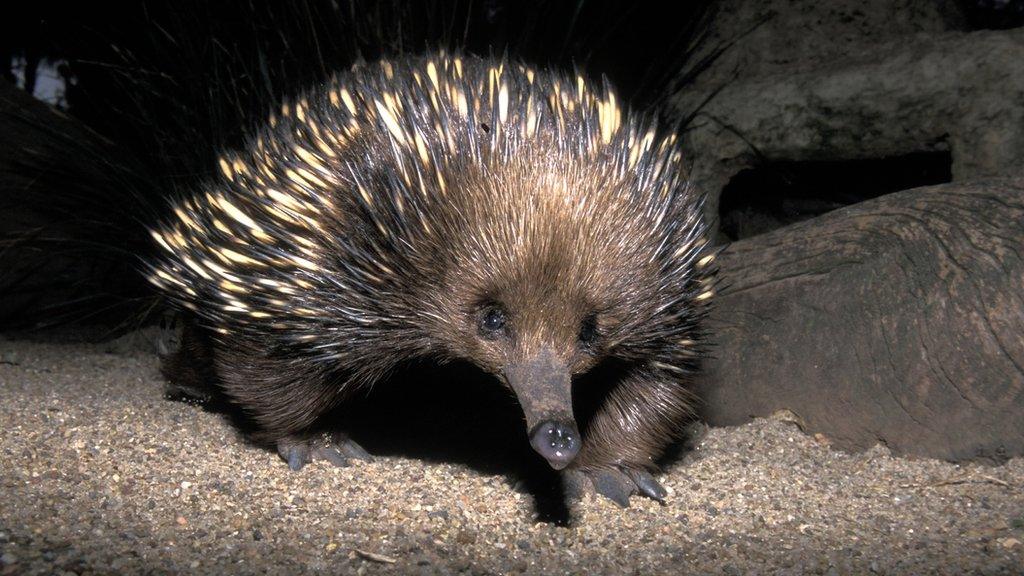Sir David Attenborough: The echidnas, snails and scary plants named after him
- Published
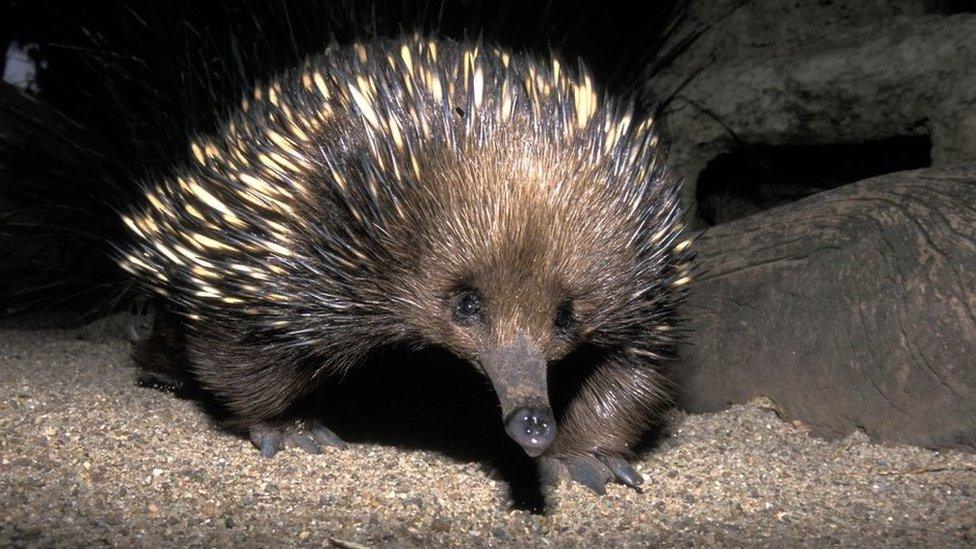
A long-lost species of echidna, named after British naturalist Sir David Attenborough, has been rediscovered in the thick jungles of Indonesia after more than 60 years.
Attenborough's long-beaked echidna - scientifically known as Zaglossus attenboroughi - was thought to be extinct - until it was spotted on camera-trap footage by Oxford University researchers.
Sir David is said to be "absolutely delighted".
While the elusive egg-laying mammal may be rare, it is part of a long line of extraordinary species bearing the Attenborough name.
From several types of frogs and a Madagascan dragonfly, to a ghost shrimp and prehistoric sea creature, the list is impressive.
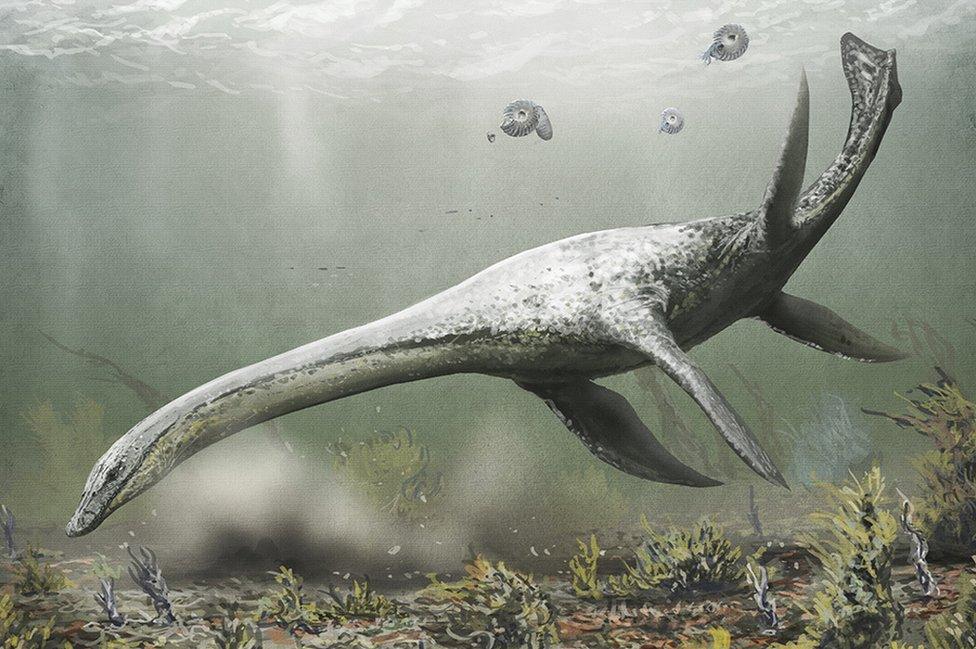
Among the best is this long-extinct plesiosaur - Attenborosaurus conybeari. The five-metre long marine reptile lived in the Early Jurassic period some 200 million years ago. The scientist who dedicated the species to Sir David did so to honour his love of fossil collecting.
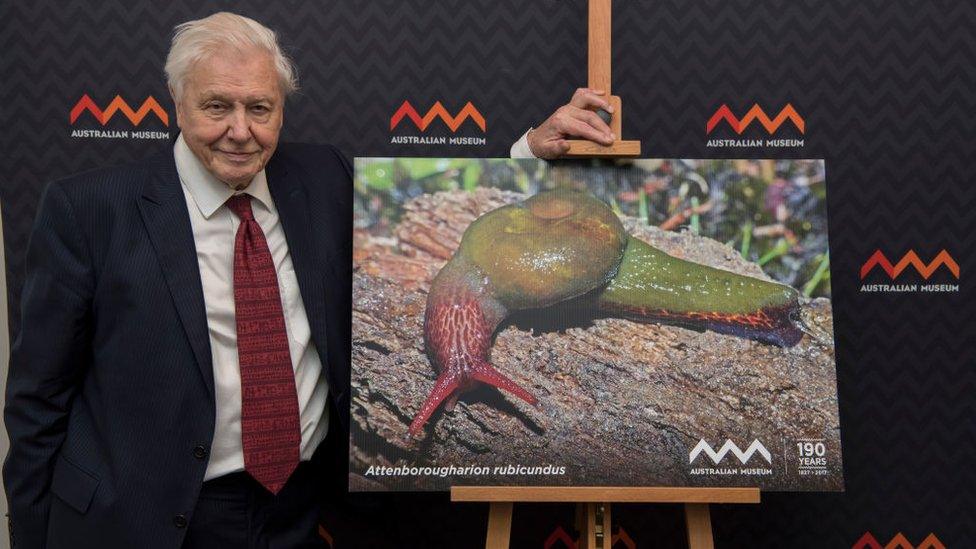
And how about having this brightly coloured snail - also known as a semi-slug - to share your name? Sir David Attenborough appears here at the Australian Museum with a photo of the Attenborougharion rubicundus - which is around 35-45mm long and found only in Tasmania.

The ocellated velvet gecko (known as Oedura attenboroughi for a while - but now Oedura monilis), is one of the first examples of a species being named after Sir David. The nocturnal gecko, found in Australia, has large eyes and beautiful spots and bars down its back.
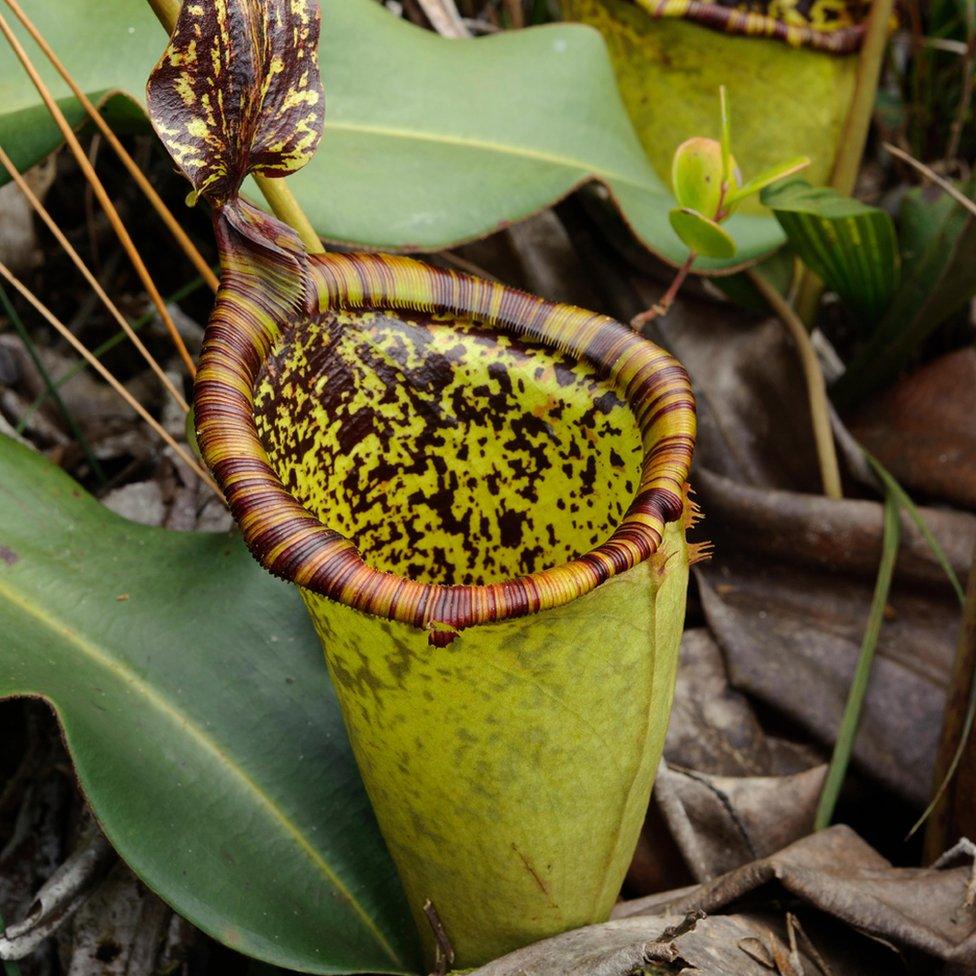
And it's not just animals - there are plenty of plants on the list, including this giant carnivorous pitcher plant (Nepenthes attenboroughii). Discovered in the highlands of the central Philippines and reaching up to 1.5m tall, it has even been known to trap rats in its pitchers.
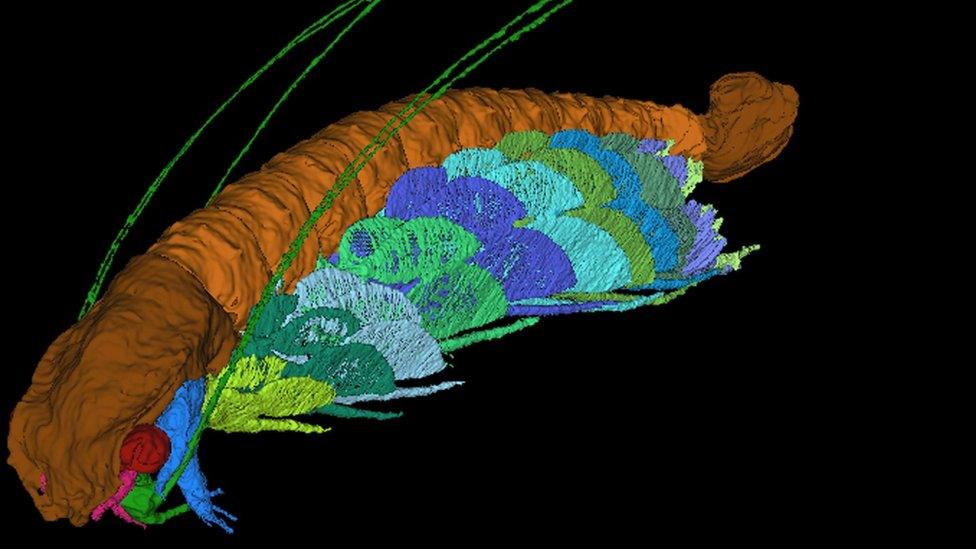
This is a 3D model of a tiny 430-million-year-old crustacean, found preserved in ancient volcanic rock. When researchers dedicated it to Sir David, he said: "The biggest compliment that a biologist or palaeontologist can pay to another one is to name a fossil in his honour, and I take this as a very great compliment."
All pictures subject to copyright
Related topics
- Published10 November 2023
